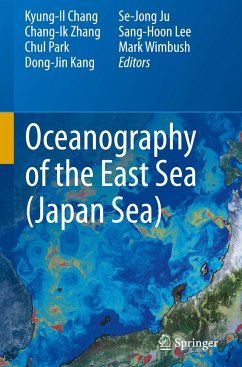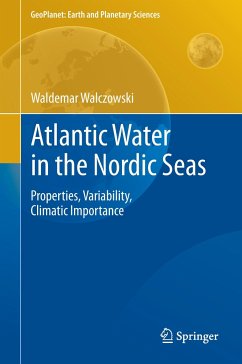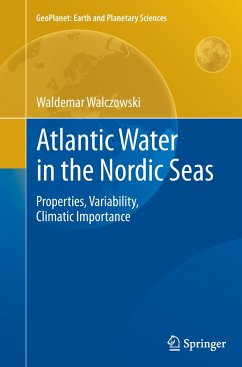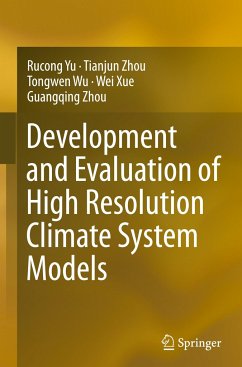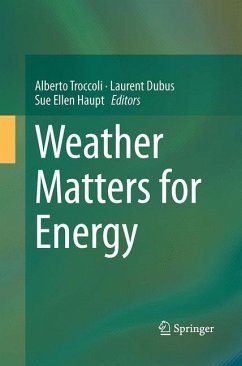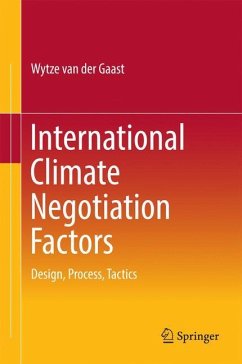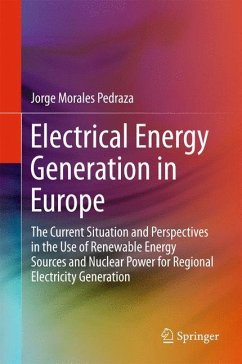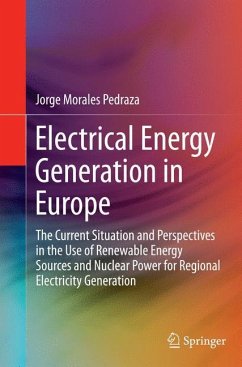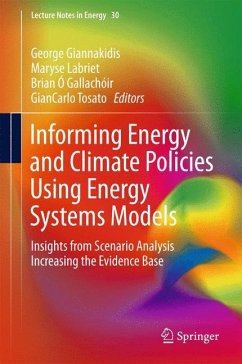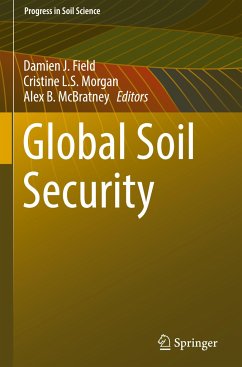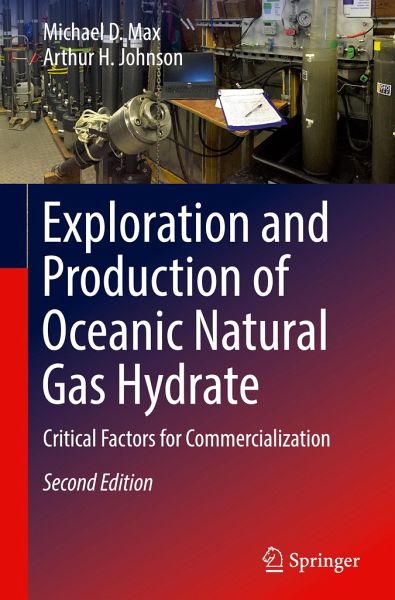
Exploration and Production of Oceanic Natural Gas Hydrate
Critical Factors for Commercialization
Versandkostenfrei!
Versandfertig in 6-10 Tagen
113,99 €
inkl. MwSt.
Weitere Ausgaben:

PAYBACK Punkte
57 °P sammeln!
This second edition provides extensive information on the attributes of the Natural Gas Hydrate (NGH) system, highlighting opportunities for the innovative use and modification of existing technologies, as well as new approaches and technologies that have the potential to dramatically lower the cost of NGH exploration and production.Above all, the book compares the physical, environmental, and commercial aspects of the NGH system with those of other gas resources. It subsequently argues and demonstrates that natural gas can provide the least expensive energy during the transition to, and possi...
This second edition provides extensive information on the attributes of the Natural Gas Hydrate (NGH) system, highlighting opportunities for the innovative use and modification of existing technologies, as well as new approaches and technologies that have the potential to dramatically lower the cost of NGH exploration and production.
Above all, the book compares the physical, environmental, and commercial aspects of the NGH system with those of other gas resources. It subsequently argues and demonstrates that natural gas can provide the least expensive energy during the transition to, and possibly within, a renewable energy future, and that NGH poses the lowest environmental risk of all gas resources.
Intended as a non-mathematical, descriptive text that should be understandable to non-specialists as well as to engineers concerned with the physical characteristics of NGH reservoirs and their production, the book is written for readers at the university graduate level. It offers a valuable reference guide for environmentalists and the energy community, and includes discussions that will be of great interest to energy industry professionals, legislators, administrators, regulators, and all those concerned with energy options and their respective advantages and disadvantages.
Above all, the book compares the physical, environmental, and commercial aspects of the NGH system with those of other gas resources. It subsequently argues and demonstrates that natural gas can provide the least expensive energy during the transition to, and possibly within, a renewable energy future, and that NGH poses the lowest environmental risk of all gas resources.
Intended as a non-mathematical, descriptive text that should be understandable to non-specialists as well as to engineers concerned with the physical characteristics of NGH reservoirs and their production, the book is written for readers at the university graduate level. It offers a valuable reference guide for environmentalists and the energy community, and includes discussions that will be of great interest to energy industry professionals, legislators, administrators, regulators, and all those concerned with energy options and their respective advantages and disadvantages.



